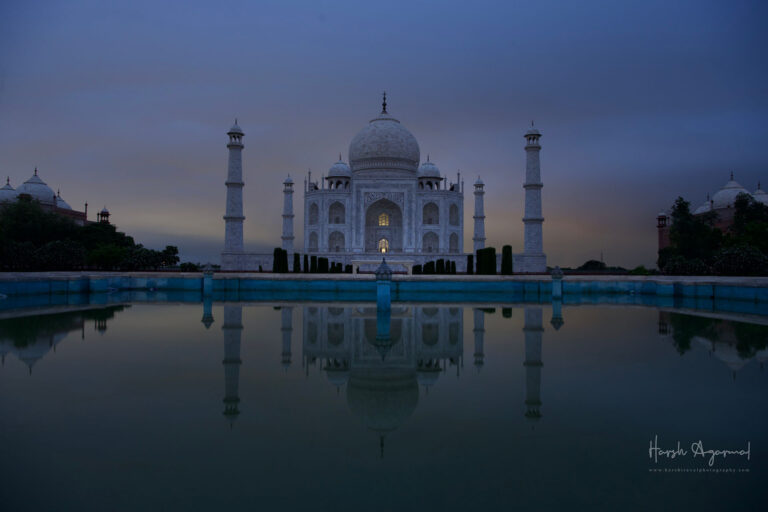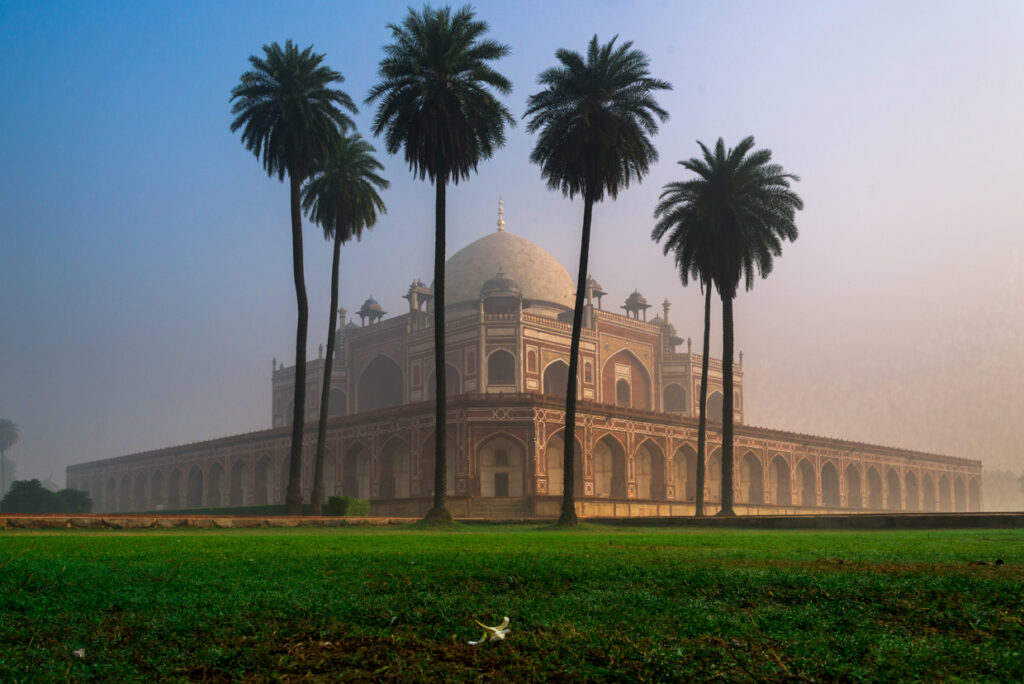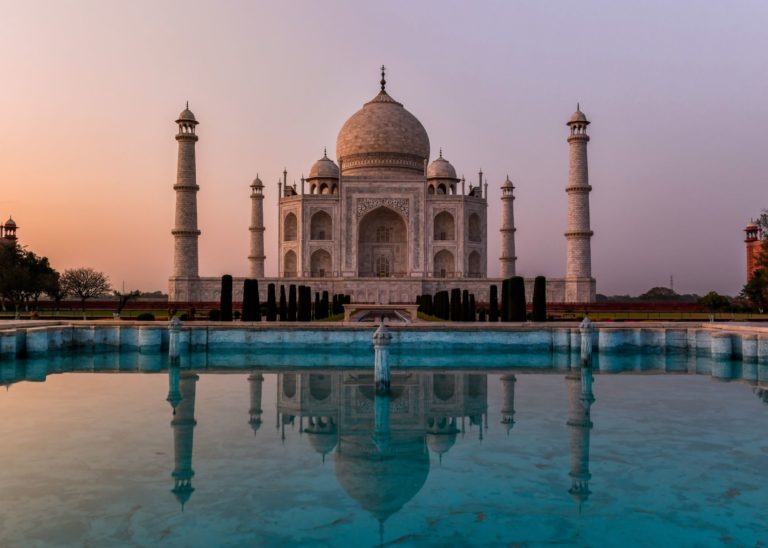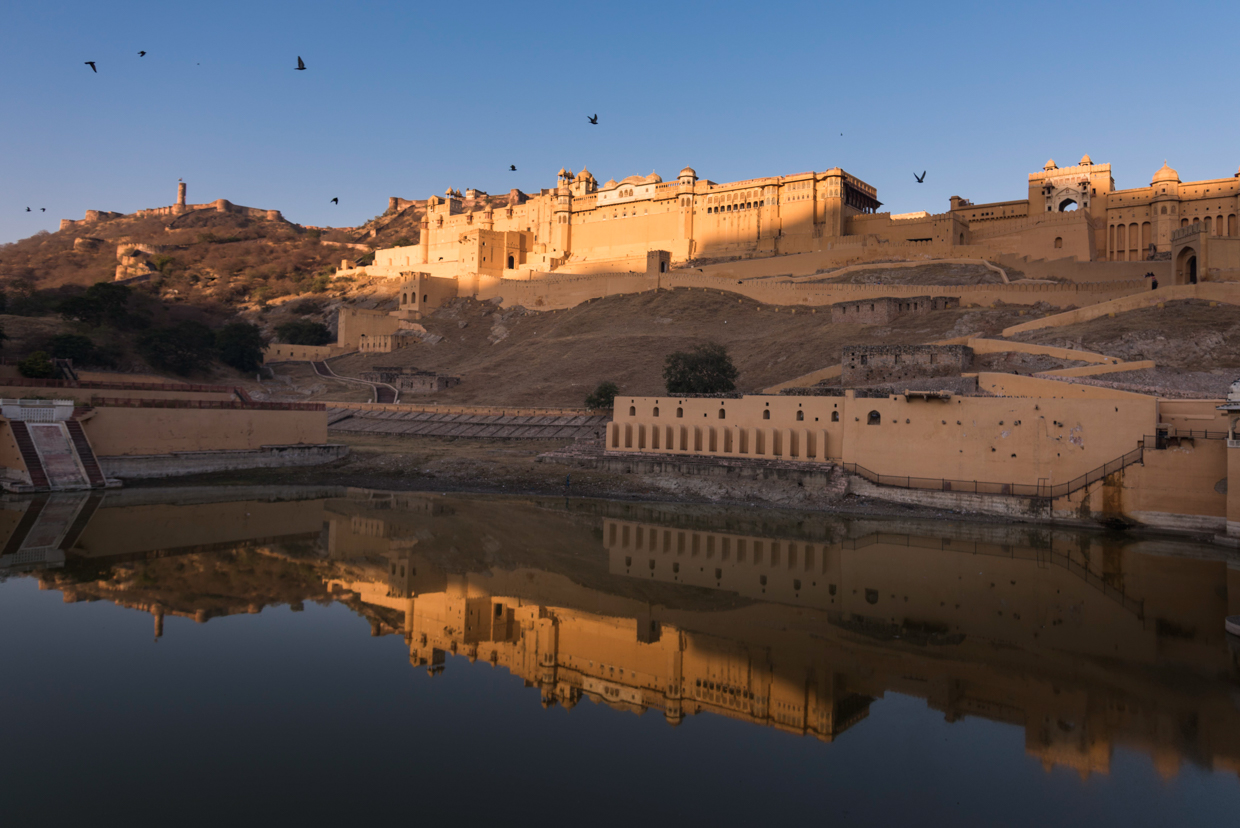
If you are planning a trip to India, visiting the Golden Triangle of India is a must. The India Golden Triangle comprises three popular tourist destinations: Delhi, Agra, and Jaipur. The region is full of culture, history, and architectural marvels. These cities are home to several UNESCO World Heritage Sites that are worth visiting. One of the highlights of the Golden Triangle tour of India is visiting these UNESCO World Heritage Sites. In this article, we will discuss the must-visit UNESCO World Heritage Sites on the Golden Triangle India Tour.

Delhi, the capital city of India, is a vibrant blend of modernity and tradition. The city has a rich history that dates back to ancient times. Some of the must-visit UNESCO World Heritage Sites in Delhi are:
The Red Fort is a 17th-century fort built by the Mughal Emperor Shah Jahan. The fort was the residence of the Mughal Emperors for over two centuries. Since 2007, the fort has been designated a UNESCO World Heritage Site. The fort is an excellent example of Mughal architecture and is famous for its red sandstone walls and intricate carvings. The fort’s imposing red sandstone walls are a testament to the power and grandeur of the Mughal Empire.
The Qutub Minar is one of the most iconic landmarks in Delhi. Built in the 12th century, the Qutub Minar is a fine example of Indo-Islamic architecture and features intricate carvings and inscriptions. The tower is made of red sandstone and marble and is one of the tallest towers in the world. The Qutub Minar has been listed as a UNESCO World Heritage Site since 1993.
Humayun’s Tomb is another UNESCO World Heritage Site located in Delhi. It was built in the 16th century and is a perfect example of Mughal architecture. The tomb was built in memory of Emperor Humayun and is surrounded by beautiful gardens and water channels. The tomb is made of red sandstone and marble and is an excellent example of symmetry and geometric patterns.

Agra city is located on the banks of the river Yamuna, just 3.5 hrs drive from Delhi. The city is famous for the Taj Mahal, which is one of the most recognized structures in the world. There are three UNESCO World Heritage Sites in Agra.
The Taj Mahal was built in the 17th century by the Mughal emperor Shah Jahan in memory of his beloved wife, Mumtaz Mahal. The world-famous Taj Mahal is one of the Seven Wonders of the World and a UNESCO World Heritage Site. The Taj Mahal is made of white marble and is considered to be one of the most beautiful buildings in the world. It is an excellent example of Mughal architecture and is adorned with intricate carvings and inlaid precious stones. The Taj Mahal can also be enjoyed as Taj Mahal Same Day Tour From Delhi by Car, or Taj Mahal at Sunrise. Taj Mahal moonlight visit is also popular among visitors.
The Agra Fort is another UNESCO World Heritage Site located in Agra. It was built in the 16th century by Emperor Akbar and later renovated by Emperor Shah Jahan. The fort is made of red sandstone and is an excellent example of Mughal architecture. The fort has several buildings and palaces that are worth visiting, such as the Jahangir Mahal, Khas Mahal, and Sheesh Mahal.
Fatehpur Sikri is a fortified city located in the Agra district of Uttar Pradesh. The city was founded by the Mughal Emperor Akbar in the 16th century and served as the capital of the Mughal Empire for 14 years. Fatehpur Sikri has been recognized as a UNESCO World Heritage Site since 1986. Fatehpur Sikri has many palaces, including Diwan-i-aam, Diwan-i-khas, Jodhabai Palace, and Panch Mahal. It also includes Buland Darwaza, the highest gateway, which was built to commemorate Mughal Emperor Akbar’s victory over the state of Gujarat. The gateway is made of red sandstone and features intricate carvings and calligraphy.

Jaipur, also known as the Pink City, is the capital city of the Indian state of Rajasthan. The city is famous for its vibrant culture, colourful markets, and magnificent palaces. Jaipur is home to three UNESCO World Heritage Sites:
The Jantar Mantar is a UNESCO World Heritage Site located in Jaipur. It is an astronomical observatory that was built in the 18th century by Maharaja Jai Singh II. The observatory has several instruments that are used to measure time, predict eclipses, and track celestial bodies. The instruments are made of stone and marble. The Jantar Mantar is an excellent example of Indian scientific heritage and a must-visit attraction in Jaipur.
The Amber Fort is another UNESCO World Heritage Site located in Jaipur. It was built in the 16th century and is an excellent example of Rajput architecture. The fort is made of red sandstone and marble and is surrounded by beautiful gardens and lakes. The fort has several palaces and buildings that are worth visiting, such as the Sheesh Mahal, Sukh Niwas, and Diwan-i-Khas.
The Walled City of Jaipur made its entry into the UNESCO World Heritage Site list in 2019. The city was founded in 1727 by Maharaja Sawai Jai Singh II and is famous for its architectural and cultural heritage.
Jaipur’s Pink City is famous for well-preserved urban planning and architecture. The city was planned according to the principles of Vastu Shastra, an ancient Indian science of architecture, and features a grid-like street layout with wide avenues, public squares, and gardens. The city’s architectural landmarks, such as the Hawa Mahal, Jantar Mantar, and City Palace, also contributed to its UNESCO designation. These buildings are examples of the fusion of Mughal and Rajput architectural styles and showcase the intricate craftsmanship and artistic excellence of the time.

The Golden Triangle India Tour is a must-visit for anyone interested in India’s culture, history, and architecture. The tour takes you to some of the most magnificent structures in India, many of which are recognized as UNESCO World Heritage Sites. These sites are of immense cultural and historical significance and attract tourists from all over the world. From the Red Fort in Delhi to the City Palace in Jaipur, each site tells a unique story and gives visitors a glimpse into India’s rich past.
What is the best time to visit the Golden Triangle in India?
The best time to visit the Golden Triangle is between October and March when the weather is pleasant.
How many days do I need to visit the Golden Triangle?
A minimum of five to seven days is recommended to cover all the major attractions in the Golden Triangle.
Do I need a guide to visit the UNESCO World Heritage Sites?
Although it is not mandatory, having a guide can enhance your experience as they can provide you with valuable insights and information about the sites.
Can I take photographs at the UNESCO World Heritage Sites?
Yes, photography is allowed at the sites, but some sites may charge an additional fee for photography.
Is it safe to visit the Golden Triangle in India?
Yes, the Golden Triangle is a popular tourist destination, and the cities are relatively safe for tourists. However, it is advisable to take the necessary precautions and be aware of your surroundings.
